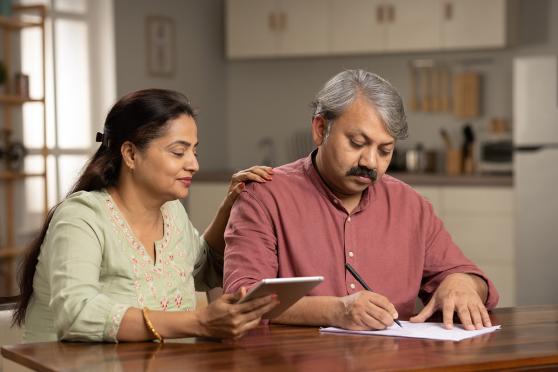Everything you need to know about picking a supportive backpack
It’s true: Backpacks are better for your neck and back than other kinds of bags. Here’s how to find the best one for you.

Backpacks are the workhorse of schoolchildren all over, but more and more adults are commuting with them too, particularly mobile workers and those carrying a laptop every day. And that’s a good thing—they’re an excellent option that helps protect your neck, shoulders, and back from strain. “The way backpacks distribute the weight over the course of your body is much better than carrying something strapped over one shoulder,” explains James Casady, MPT, of Platinum Physical Therapy in Massachusetts. “Plus, they’re highly adjustable.” Casady offers best practices for choosing, loading, and adjusting your perfect pack.
Picking
Find a backpack that fits you, Casady says. Especially in school-aged children, the primary issue Casady sees is that backpacks are too big. “You never want the backpack to be below their waistline, and the top of the bag should be above the shoulder blades.” This sizing goes for adults, too. Choose a pack with padded straps and, for extra support, chest straps. The straps distribute the load more evenly and across more structures so that less weight is on any one part of your body, Casady says. Also look for interior pockets with zippers to keep loose items secured.
Packing
The American Academy of Pediatrics suggests that you shouldn’t pack more than 15 to 20 percent of your body weight, particularly for children and teens. Casady’s recommendation is even more conservative. “We usually tell people 10 percent of your body weight should be the max. More than that, and you risk neck pain, back pain, and knee pain.” Load the heaviest items closest to the person’s back, as recommended by the National Posture Institute.
Wearing
Once the bag is properly packed, securing it on the back will make commutes more comfortable and safer ergonomically. “The pack should be hugging your body,” Casady says. “Tighten all straps so it’s a snug fit from top to bottom. You want to feel the bag against your back. The chest strap should feel secure there too.” Make sure to wear the backpack on both shoulders, not slung over one. You might like the casual look, but it distributes the weight unevenly. That’s bad news for your back and neck. If you’re transporting a laptop and you have a backpack with a laptop pocket, use it, as well as the interior pockets. “If your stuff bounces around, banging against your back, that load shifting side to side can create extra strain,” Casady warns.


